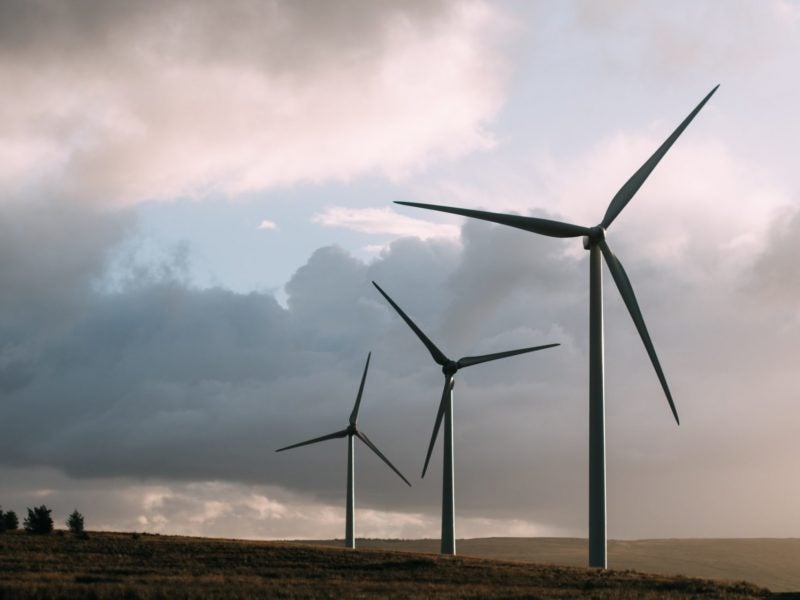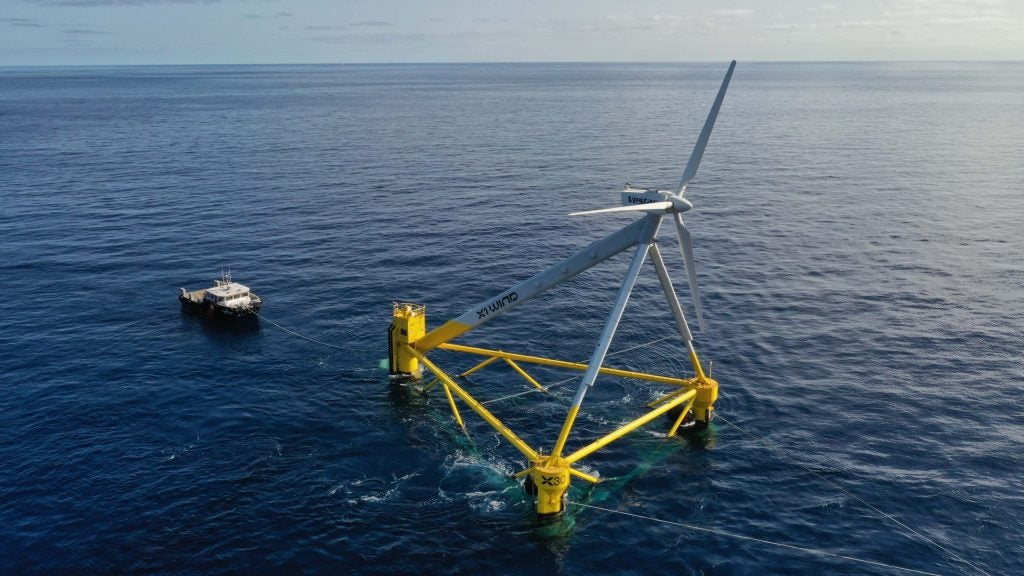
Ireland, like many developed countries, is facing a huge challenge: how to balance its growing demand for power with the need to reduce emissions in the face of climate change. The Government has been criticised for its renewable ambitions and desire to cut carbon emissions from domestic environmental groups and partners across the EU.
Speaking in late 2017, European Commissioner for Agriculture and Rural Development Phil Hogan said his fellow Irish politicians needed to “wake up” to their obligation to tackle climate change. He later added that the country would not get a “free pass” if it were to miss its 2020 targets to cut emissions and increase the amount of power generated from renewable sources, something Taoiseach Leo Varadkar admitted was going to happen.
How well do you really know your competitors?
Access the most comprehensive Company Profiles on the market, powered by GlobalData. Save hours of research. Gain competitive edge.

Thank you!
Your download email will arrive shortly
Not ready to buy yet? Download a free sample
We are confident about the unique quality of our Company Profiles. However, we want you to make the most beneficial decision for your business, so we offer a free sample that you can download by submitting the below form
By GlobalDataSpeaking in late 2018, he said the country will fail to meet its 2020 target of a 20% reduction in greenhouse gas emissions target from 1990 levels; perhaps reaching just 1%. However, he was more confident that the country would meet its 2030 target of 40%. The requirements are part of a long-term EU plan to reduce carbon emissions and promote renewable energy through a raft of legislation enacted at the end of the last decade.
Under the Effort Sharing Decision, any Member State to miss their targets will face substantial penalties by way of carbon trading credits, perhaps to the tune of €600 million in the case of Ireland, according to some analysts. Whilst acknowledging there will be financial consequences, the government said they were “not expected to be significant”.
“Unfair” EU targets on emissions
“No they weren’t fair,” Denis Naughten TD tells me when I asked him about those targets. “I haven’t dwelled on this to any great extent because there’s nothing we can do to change our 2020 targets. The reality is next year we are going to get an international bashing as a result of this, unfairly I believe.”
The former Irish minister for climate action and environment says 4-7% would have been more realistic, although he acknowledges that target would have been missed too. “Our challenges are quite unique,” he adds, citing the economy and geography.
Branded as one of the ‘PIGS’ (Portugal, Ireland, Greece and Spain) during the global financial crisis, Ireland’s economy suffered heavily. Today, although some economists warn things might get tougher in months to come, GDP is growing year-on-year, wages are up and unemployment down. However, those difficult years hit the country’s renewable sector.
Investing in Ireland’s future
“Over the last decade there was a huge restriction in spending because of the recession and lack of investment,” says Naughten. “But I think anyone that looks at Ireland today, that looks at Project Ireland 2040, sees there has been a significant step change in the approach the Government has taken on climate challenges.”
Project Ireland 2040 is a cross Government programme of development to prepare the country, it’s infrastructure and economy for 2040. By then the Government says the population and working population will have seen “huge increases”, growing by more than a million and 750,000, respectively. Among the project’s intended 10 strategic outcomes are the better use of environmental resources and a lower carbon economy.
To achieve those two goals, says Naughten, Ireland is committing far more in capital investment as a proportion of our GDP than any other country in Europe. Project Ireland 2040 “sets out a detailed capital investment plan over the next decade. We’re spending €116 billion, 20% of that, €22 billion, on climate focused investment.
“On top of that we’re spending a further €8.6bn on sustainable transport. So a significant demand of the public expenditure that we’re going to make in capital investment over the next decade is very much going to be climate focussed.” Since 2016, the budget for the Sustainable Energy Authority of Ireland has trebled.
Renewables flourish on the Emerald Isle
Since the first Irish windfarm was commissioned in 1992, the country and its renewable power sector has changed significantly. The Bellacorrick facility in County Mayo was the vision of Bord na Móna and now boasts 21 turbines able to generate 6.45 MW. Today, the island is home to 346 windfarms, 264 in the Republic, with more to come as a result of what Naughten says are “pretty ambitious” targets, such as the removal of fossil fuels for power generation by 2027.
It is not just wind technology that is shaping Ireland’s future power mix, solar photovoltaic (PV) is also proving to be a considerable player. In July 2018 the Irish Government published its plans for a Renewable Electricity Support Scheme (RESS), warmly welcomed by the Irish Solar Energy Association which said it was making history in providing initial government support for the Irish solar industry.
The scheme culminates in a programme of auctions for renewable capacity. The first, taking place later this year, requires bidders to already have planning permission and a grid connection offer. This means solar is at an advantage as there are already more than 1GW of solar PV with planning permission and over 1.5GW with grid contracted or in process, according to the Irish Solar Energy Association.
Construction is key to renewable success
“By 2030, 55% of all of our electricity needs will be met from renewable sources,” says Naughten and it seems the ambition and funding is now in place to achieve that. But, he warns, another critical issue needs tackling: capacity within the construction sector. “We’re going to see a significant ramp up of that investment from 2021. The big challenge for us now is to have the construction workers and companies available to draw down and utilise that investment.”
An area he feels skills are particularly needed is retrofitting. “Ireland has the skilled manpower in terms of renewable energy. In fact we are exporting globally the technology and skills we’ve built up here… However, our physical construction companies and workers are a challenge for us.” During the recession, many skilled workers left Ireland for work across Europe.
“We need to see a significant step change in the level of investment in retrofitting of homes public and private buildings across Ireland,” continues Naughten. “That requires more construction workers to come back into this country.”
Investing for the future
Naughten was keen to stress the significance of the country’s €500m Climate Action Fund, one of four set up as part of the National Development Plan. The plan provides support for initiatives that contribute to achieving Ireland’s climate and energy targets in a cost effective manner.
Naughten argues the fund is the biggest per capita of its type in the world, with half a billion being invested over the next decade. “We’re trying to get the best global ideas to be implemented in Ireland to deal with its unique circumstances. So if there are people out there that have an innovative idea they think can address the targets we have set ourselves in Ireland, with the unique challenges we face, then we are very interested in hearing from them.”
He is keenly aware Ireland’s aim to reduce carbon emissions and increase renewable power generation is a challenge, one that is unique to his country for a myriad of reasons – including economically – but Naughten is optimistic it isn’t one too far.
“We have the plans in place, we have the public investment committed over the next decade and there is a clear programme of work to achieve that. I think we are in a good place.”








